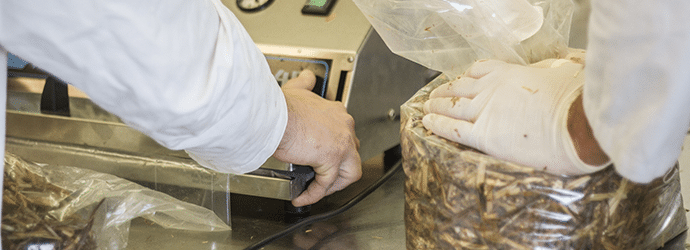As an animal lover, I never thought that my work would involve experimenting on tiny adorable critters. However, as a scientist, I soon came to realize that if studied properly, murine models are extremely fascinating. They have the potential to truly help people since they allow us to understand diseases like no other animal model. However, working with animal models has its challenges. Here is what I learned about running a mouse-based project.
Make the Right Connections
Most labs either have their own animal facility or collaborate with one to perform mouse experiments. The rulers of that kingdom are not our little rodents as you might think, but the people who take care of them. As such, your first priority when working with mice is to establish good relationships through clear, friendly, and polite communication with the head of the facility and its animal caretakers.
Protocols, ethics approvals, and special requests go through the head of the facility. Meanwhile, the caretakers not only work hard to make sure your mice are healthy and happy but also often work weekends and holidays. You will probably interact with these people a lot during your project, so it is essential to establish trust. Know their names, ask them about their daily work routines, and find out where you fit in. Always clean up after yourself when you are done in the facility, and why not share a cup of coffee with them? You could even have a small meeting once in a while to share some of your results. They might not understand all the technical details, but you can make them feel involved in your research project nonetheless.
Being in their good graces will go a long way if you are planning a lot of experiments.
Testing, Testing, Testing
Part of your routine tasks when crossbreeding mice is to genotype them via tissue biopsy. Usually, this happens when the mice are tagged or somehow identified with a unique number. Despite good genotyping practice, mistakes can happen, and you may find yourself with a genotype that does not make sense, a mouse that was mislabeled, or otherwise conflicting results.
A simple trick that has helped me to avoid situations like this is to systematically genotype all experimental mice twice—once when the mice are labeled and again at the end of the experiment.
Double testing will prevent you from misinterpreting results and will also keep you sane.
Keep Meticulous Records and Plan ahead
Working with mice is expensive, time-consuming, and requires commitment. Be prepared to work weekends or to plan your vacation around your experiments because these little animals will not accommodate you. Make sure you carefully plan and execute your experiments ahead of time. A mistake in your experiment can cost you dearly in a mouse-based project because each mouse is housed, fed, tagged, and monitored, and all these costs accumulate over time. For example, if you are studying old mice, a mishap in your protocol costs much more than if you are studying young mice. The best way to avoid costly mistakes is to keep meticulous records and plan ahead. Make sure to record absolutely everything that happens to each mouse from the moment of its birth to the moment of its death.
Save as Many Biological Samples as You Can
Beyond thorough record-keeping, save as many biological samples as possible by setting up a bio-bank—again it should be clearly organized and labeled. This task is a huge part of the job, but if done properly, you will be able to reap the fruits of your labor for many research projects to come because all the information will be easily accessible.
Make the Most of It
When I took a course on mouse experimentation and handling, I learned about the 3Rs: replacement, reduction, and refinement. They are basically ethical guidelines for more humane animal research. Scientists should strive to apply methods that :
- avoid or replace the use of animals (replacement)
- minimize the number of experimental mice used (reduction)
- improve animal welfare and decrease suffering (refinement).
It goes without saying that these three principles should be adhered to when designing your in vivo study.
Throughout my research, as much as I have managed to reduce and refine, I was never able to replace. Mouse models remain too key to do without, and it is not in my power to avoid using animals for my research.
It is our responsibility as researchers to not let any experiment, any sample, or any mouse go to waste. The best way to do that is to share our experiences, our challenges, and most importantly our solutions.
Do you have tips of your own? Please share them in the comment section below!





